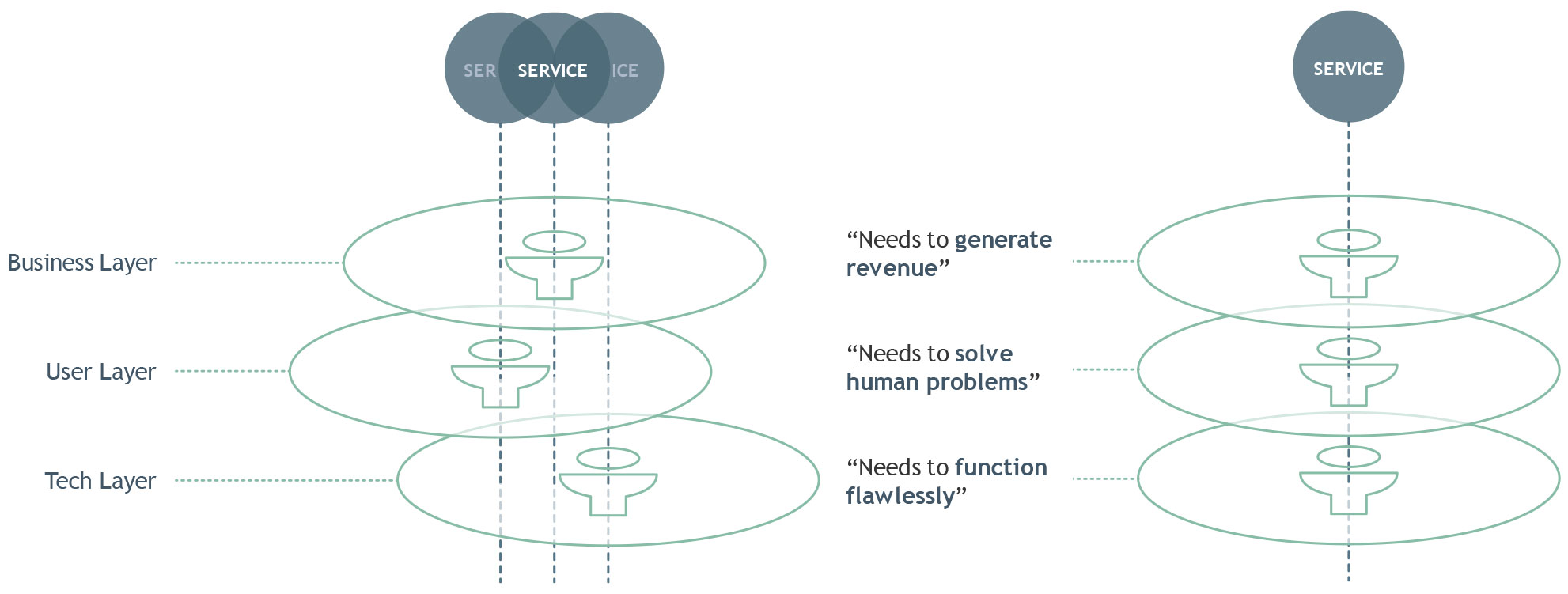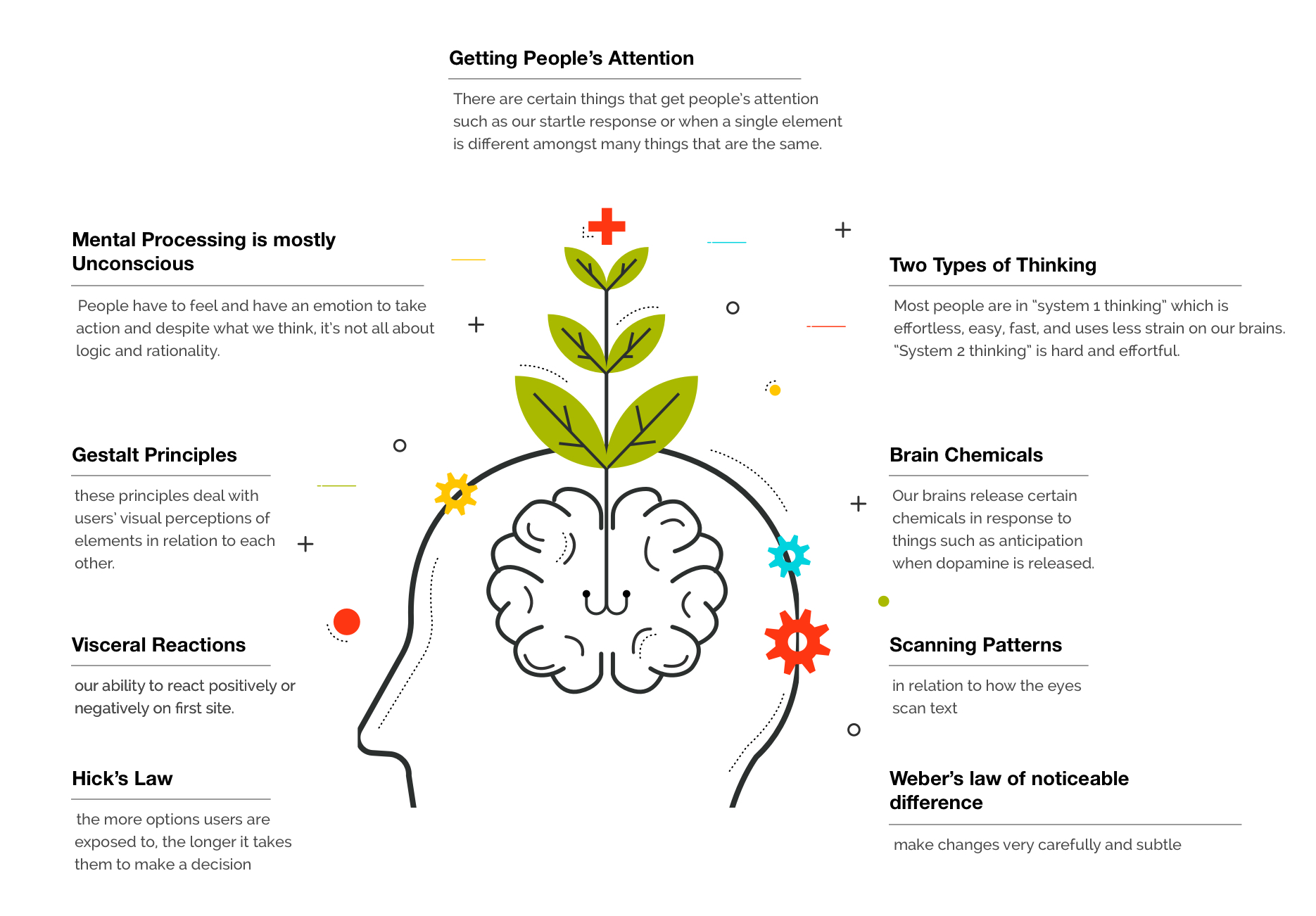People are often quick to put themselves down. “I’m not creative”. “I can’t draw, I’m not a designer”. “I couldn’t do what you do”. We’d argue that, actually, anyone can be a designer and more people today are involved in design than what they probably realise. We all live in a world surrounded full of services, solutions, innovation, and transformation. Behind every product or solution, is a development process, with people working on the development – or design – that will make their offering stand out from the masses. The best way to successfully stand out is to create something that is wanted, needed, and enjoyable for the end users. Made with them in mind. For us, Design Thinking is the path to achieving this.
Design Thinking is essentially an immersive approach for creative problem-solving. It’s about looking at processes and products with a people focussed lens. It brings together what is desirable from a human point of view with what is technologically feasible and economically viable. It offers tools for understanding, inhabiting, and moulding the end user’s experience, to teams who are not traditionally close to a customer.
By approaching product or process development through Design Thinking you change your immediate focus (create/produce item), reframe the challenges you’re tackling (what do we want it to do versus what the user will need it to do), shift the scene you’re setting development in – with simple values to bear in mind.
Empathise: think about how people will use what you’re creating, think about what clients need to achieve through it. Observe them, understand their needs. Looking at things from different perspectives and reviewing the wider data discovered from this, unblocks mindsets and identifies criteria that could have been otherwise missed.
If you use a narrow perspective, you will get a narrow result. The reality is different needs and pieces don’t always fit together neatly. Design Thinking guides teams to design and develop with all the pieces in mind, from the beginning.
Connecting the Dots
Though there is a determined set of steps, we wouldn’t consider it to be a rigid process primarily as it encourages flexibility and iteration. The guidelines help teams who aren’t trained in design follow a structure – starting by removing them from the embedded mindset of “this is how things are done around here” or “we are here to create a profitable solution” – taking them on a journey of innovation and improvement.
Once you have ascertained the drives and needs of the end users and match them with the environment it needs to operate in, you can paint a picture of the opportunities available to you for design and development. Based on the requirements and setting, basic, low fidelity experiments (sketches, outlines…) help you begin to test and ideate, gradually improving the ‘experiments’ fidelity and detail with your learnings.
It’s an approach where, for once, it is recommendable to get comfortable, generate lots and lots of possibilities, unleash ideas and go a bit wild. For the best results, trust and psychological comfort is hugely important.
When people share ideas they need to feel they are in a safe, permissive environment, especially when trying to invent and innovate in radically different areas to what their own perspective or thinking usually sits. Hence why one of the key principles behind ideation is to suspend judgment in the team. Reviewing, refining, and selecting the wide range of ideas created can come later on in the steps, around prototyping and testing.
Testing a product before implementation seems self-evident, but Design Thinking helps teams take it one step further by prototyping before developing the end product or solution. Beneficial for many reasons, as it creates a safe space for failure and is a cheaper-than-making-the-real-thing way to understand and evaluate usability. It also means you start assessing the solution in a realistic setting long before it ever goes to market or reaches the end user.
You’re a Designer Too
More companies should turn to Design Thinking as a key to success. Structures, processes, traditional mindsets, pressurised management, can all end up absorbing and burying vision and creative problem solving. To develop a great product you need to keep the focus on the setting it will be used in and who will use it. This is relevant whether you’re developing software or a shoe or a system for signing into work. Empathise with the end user, let your teams loose on the problem with fewer psychological restrictions, and move rapidly and back and forth between creation and testing to provide something truly usable and user focussed. You’ll find that you’ll learn more along the way and make discoveries you would have never otherwise found until implementation.
At Motivait we have a well-defined process, founded in Design Thinking, but we never lose sight of the need to be flexible. It’s a process to remind us to ask less conventional questions, in order to get less conventional answers, often helping clients to get unstuck from how they’d been looking at the challenge themselves.
So, how do you convince employees that they are potential designers?
Design Thinking is not Design, any more than Agile is Engineering, or Lean is Business Management. Promote and foster a creative work environment beyond the virtual borders of design. Encourage knowledge sharing, be an open book and inclusive with your work and ongoing projects. By supporting employees to be connectors, collaborators, and facilitators, you may well find you’ve created teams of designers.
How to work remotely using Design Thinking
- Recreate the work environment your employees are used to: organise calls for brainstorms, set up catch ups where people can feel comfortable sharing anecdotes or stories – you never know where the next idea will come from
- On fuelling creativity: Try to not lock people to their laptops. Ensure people are feeling able to take lunch breaks, go for walks, sign up to online courses, as well as meeting deadlines and performing well. Don’t keep people on a call “until the problem gets solved”. If ideation is going nowhere, then break up the session and regroup later. It will give people a chance to look at the problem from another angle.
- Make sure everyone has access to the same tools and information: Digital ideation tools should be simple, accessible, and allow for unstructured creative freedom.
- Promote Inclusion: Bring everyone together to solve problems, including necessary people in the tasks that are required, and people who may not usually be included in brainstorms.
- Embed now for success later: Design Thinking should always be your primary toolkit, remote or not. Get people thinking about what areas they would want to enhance with Design Thinking so that they feel they are building to a positive future, rather than a return to old ways.
Written in collaboration by Begoña Repiso & Pablo Heydt




